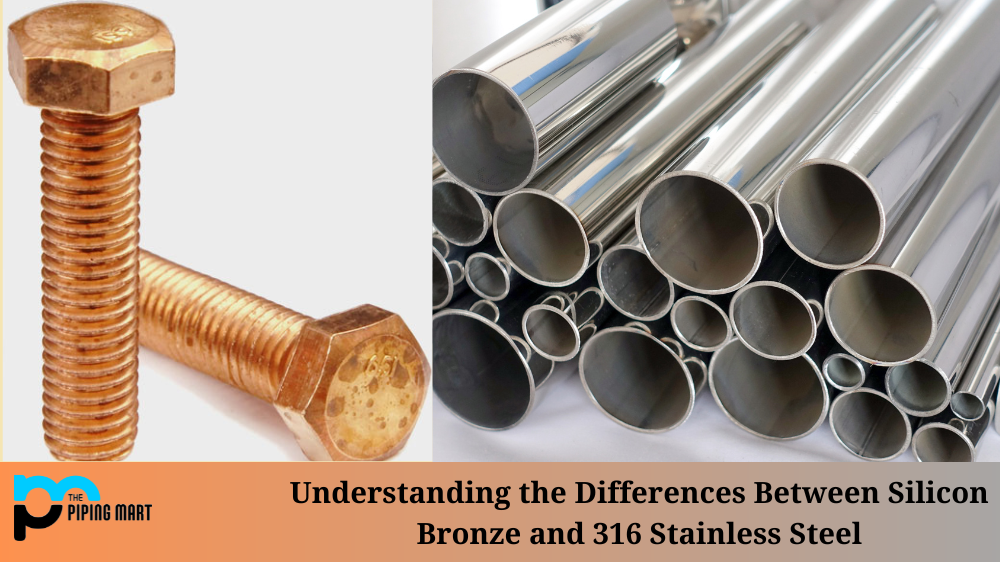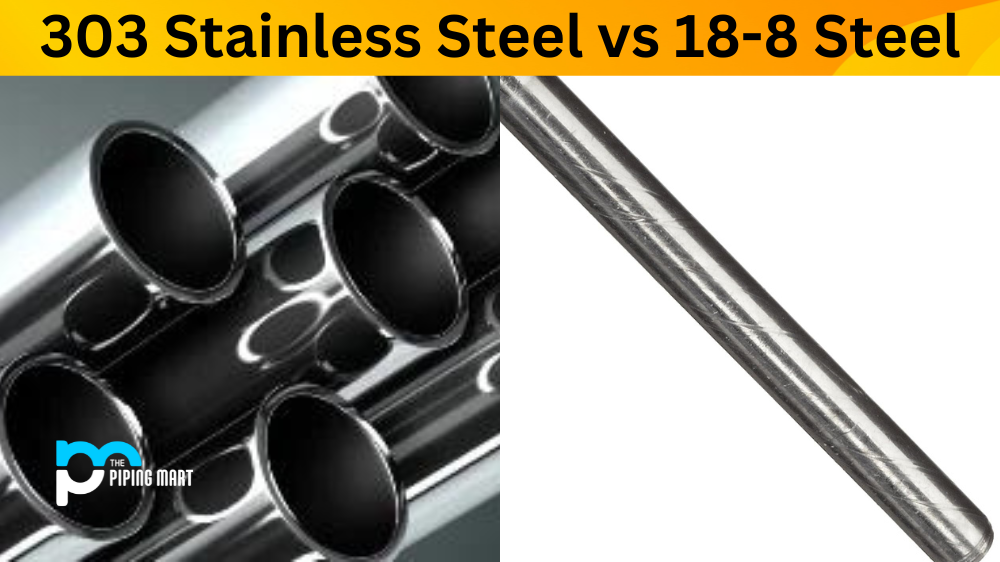When it comes to metals, there are many different types to choose from—each with its own strengths and weaknesses. Two popular choices for metalworking projects are silicon bronze and 316 stainless steel. Both provide exceptional durability and power, but they have some important differences that should be considered before deciding which one is best. Let’s look at the differences between these two alloys so you can make an informed decision when choosing a suitable material for your project.
Differences Between Silicon Bronze and 316 Stainless Steel
The primary difference between silicon bronze and 316 stainless steel lies in their composition. Silicon bronze contains copper, tin, manganese, zinc, phosphorus, iron, nickel, and lead in varying amounts depending on your grade of alloy. This alloy is often used for marine applications because it’s resistant to corrosion from saltwater and other harsh elements. It also has excellent formability, which makes it ideal for casting or forging pieces that require intricate shapes or detailed designs.
316 stainless steel is composed primarily of chromium (17-19%), nickel (10-14%), molybdenum (2-3%), sulfur (0-0.03%), silicon (0-1%), carbon (0-2%), manganese (2%). This type of steel offers outstanding corrosion resistance due to its high concentration of chromium and other metals like nickel and molybdenum. It also provides excellent strength and ductility compared to most other metals today. Additionally, this type of steel is non-magnetic, which makes it a perfect choice for applications where magnetism needs to be avoided, such as medical equipment or tools used in electronics manufacturing.
Composition
The major difference between silicon bronze and 316 stainless steel is their composition. Silicon bronze contains around 96% copper and 4% silicon, while 316 stainless steel contains about 74% iron, 18% chromium, and 8% nickel.
Properties
The different composition of these two materials results in different properties. Silicon bronze is stronger and more corrosion-resistant than 316 stainless steel. However, 316 stainless steel is more heat resistant and can withstand higher temperatures without warping or becoming brittle.
Uses
Because of their different properties, silicon bronze and 316 stainless steel are used for various purposes. Silicon bronze is typically used in marine applications or other environments where corrosion resistance is important. 316 stainless steel is often used in food processing or medical applications where cleanliness is paramount.
Cost
Another difference between silicon bronze and 316 stainless steel is their cost. Silicon bronze is typically more expensive than 316 stainless steel because it is a more specialized material. However, the price difference between these two materials can vary depending on the market conditions at any given time.
Availability
Silicon bronze is not as widely available as 316 stainless steel because it is not as commonly used. Finding silicon bronze in some areas or purchasing it in small quantities can be challenging. Conversely, 316 stainless steel is widely available and can be easily purchased in small and large quantities.
Conclusion:
In conclusion, when deciding between silicon bronze and 316 stainless steel for a metalworking project, there are several factors to consider, including cost, availability, machinability, corrosion resistance, formability and strength/ductility requirements. Each alloy has unique qualities that make them better suited for specific applications than others. So it’s important to understand the differences before making a selection that best fits your needs. With some research into both alloys, you can find the perfect material for your project—ensuring you get the best results possible!

Pipingmart is a B2B portal that specializes in metal, industrial and piping items. Additionally, we share the latest information and information about materials, products and various types of grades to assist businesses that are involved in this business.




